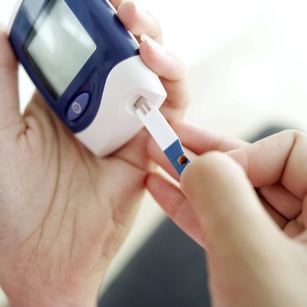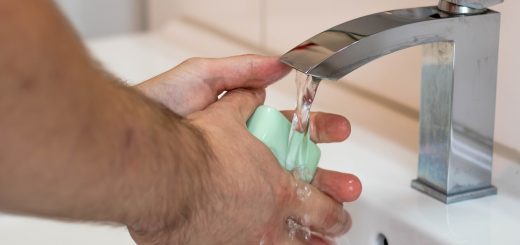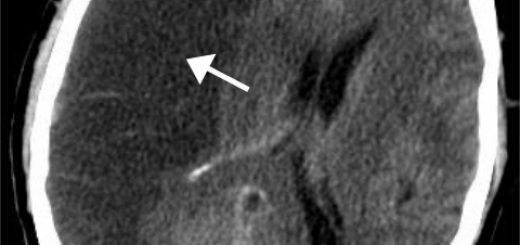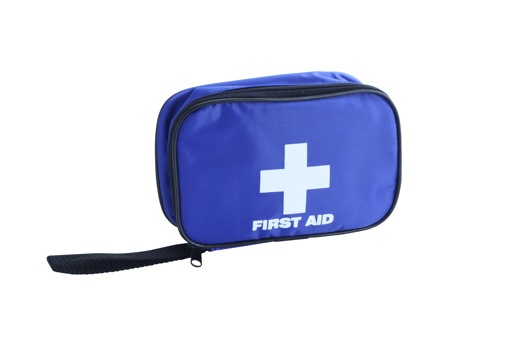First Aid for Diabetic Emergencies
The two primary emergencies that can arise in diabetic patients are very high and very low blood sugar.
In medical terms, high blood sugar is called hyperglycemia, low blood sugar is called hypoglycemia. In first aid, it is important to be able to recognize the warning signs of both low and high blood sugar levels.

Diabetic emergencies are common in the outdoor setting as diabetics frequently exert themselves too much, don’t stay well hydrated, and are not as careful about their food intake.
In addition, high blood sugar levels can be caused by other illnesses in diabetic patients. For example, infections can raise blood sugar levels to dangerous levels.
Low Blood Sugar Levels
Symptoms of low blood sugar (hypoglycemia) include the following:
- Rapid onset of confusion, irritability, or combativeness
- Hunger
- Rapid pulse rate
- Shallow breathing
- Pale, clammy skin
- Loss of co-ordination, tremors, slurred speech
- Generalized weakness
- Headache, dizziness
- Seizures
The first aid treatment for low blood sugar levels is to give the patient fast acting sugar immediately, such as a juice box, followed by a complex carbohydrate. If the patient is unresponsive, urgent medical attention should be sought.
If their designated caretaker is available, they should be notified immediately. A trained caretaker will be able to administer a life saving glucagon shot, which is usually found within the patients diabetes kit kept with them at all times.
All unresponsive patients should be placed into the recovery position (sometimes called the Safe Airway Position) in order to protect their airway.
Most diabetics have blood glucose meters for testing their glucose levels at home. If you are not authorized to take a blood glucose reading ask if the patient, their family or carer, is able to take a blood glucose reading. This will assist you in determining the cause of the medical emergency and identify possible treatment regimes.
Co-operative and conscious hypoglycaemic patients can be given oral glucose (e.g. a juice box, candy, or Hypostop gel) until sugar levels improve.
Unconscious, uncooperative patients, or those without a gag reflex, should not be given any oral glucose, their ABCs ensured and transported to hospital.
Where possible, request the presence of an ambulance to administer glucagon (a drug which mobilizes glucose stored in the liver) and intravenous glucose (glucose injected into a vein).
High Blood Sugar Levels
Symptoms of high blood sugar (hyperglycemia) include the following:
- Slow onset of confusion and irritability
- Hunger, thirst and frequent urination
- Headache
- Blurred vision
- Nausea and vomiting
- Abdominal pain
- Fruity smelling breath
A patient with high blood sugar levels is likely to need medical attention. Do not delay in seeking advanced medical care. If they become unresponsive, protect the airway and turn them into the recovery position.
Patients who are diagnosed diabetics are likely suffering from omission or insufficient insulin.
Hyperglycaemia is often the first symptom of diabetes. Patients who have not been diagnosed as diabetics will often go to their doctor complaining of excessive hunger, thirst and urination. On testing their blood glucose levels they are often found to be high.






i really enjoy your courses and it helps me alot to understand medical situations. thank you so much. i never have the funds to attend classes so this is very helpful
Thank you so much
I love taking these courses and fill like I am ready to take actual courses and get my certifications. I love the videos and quizzes.
I really appreciate you taking the time to me get my certifications and taking the time out to put together these free classes it means a lot to me, and Thank You for for answering all my questions these classes has really helped me.Thank You so much.
We are glad that you found our courses so helpful, thank you for the kind words!